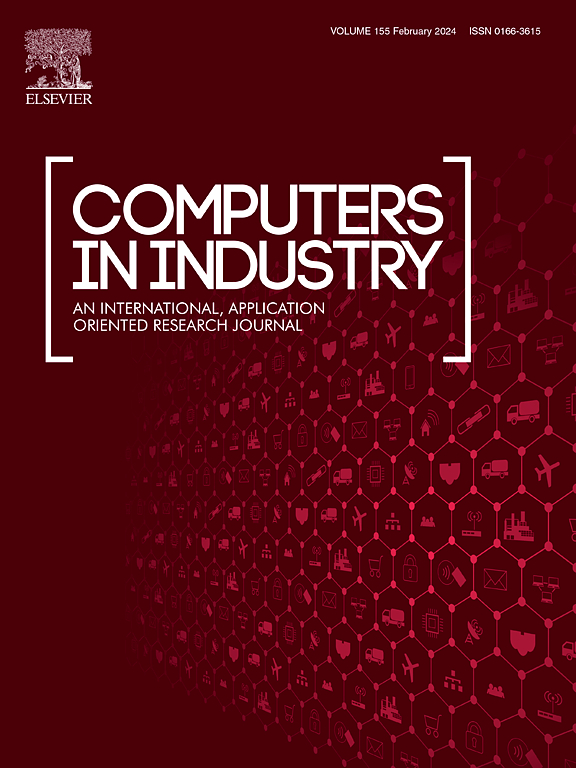From user-generated content to quality improvement: A multi-granularity analysis of customer satisfaction and attention in new energy vehicles using deep learning
IF 9.1
1区 计算机科学
Q1 COMPUTER SCIENCE, INTERDISCIPLINARY APPLICATIONS
引用次数: 0
Abstract
Understanding customer satisfaction is crucial to improving product quality and ensuring the market competitiveness of new energy vehicles (NEVs). Although user-generated content (UGC)-based analysis offers a cost-effective alternative to traditional customer satisfaction surveys, existing studies have largely overlooked users’ fine-grained needs and rarely translated sentiment insights into actionable guidance for product improvement. To address this, we propose a novel Multi-Aspect Dynamic Knowledge Graph Convolutional Network to extract aspect-level customer perceptions from UGC. The model utilizes a scaled dependency matrix to filter redundant syntactic relations and captures semantic interactions across various aspects. It integrates a sentiment knowledge base with a cross-attention mechanism to enhance sentiment feature extraction. Leveraging the extracted sentiment, we develop a quantitative method to evaluate customer attention and satisfaction across multi-granularity indicators. Experiments on benchmark datasets show that our model outperforms most state-of-the-art methods. A case study of BYD NEVs based on 55,511 sentences from Autohome further validates its superiority, achieving 91.46% Macro-F1 and 91.41% accuracy. Furthermore, by incorporating a customized importance–performance analysis, we pinpoint high-attention aspects with low satisfaction, such as air conditioner and trunk size, which are subsequently integrated into a house of quality measure to support quality improvement. Our analysis further reveals a steady improvement in customer satisfaction across major aspects, despite temporary declines in certain years. We also observe a 14% decline in attention to battery range, alongside a 3.7% increase in vehicle space. These insights can help NEV manufacturers align their product quality improvement efforts with evolving customer expectations.
从用户生成内容到质量提升:基于深度学习的新能源汽车客户满意度和关注度的多粒度分析
了解消费者满意度对于提高新能源汽车的产品质量和确保新能源汽车的市场竞争力至关重要。尽管基于用户生成内容(UGC)的分析为传统的客户满意度调查提供了一个具有成本效益的替代方案,但现有的研究在很大程度上忽略了用户的细粒度需求,并且很少将情感见解转化为产品改进的可操作指导。为了解决这个问题,我们提出了一种新的多方面动态知识图卷积网络,从UGC中提取方面级的客户感知。该模型利用缩放依赖矩阵来过滤冗余的句法关系,并捕获跨各个方面的语义交互。它将情感知识库与交叉注意机制相结合,增强了情感特征的提取。利用提取的情感,我们开发了一种定量方法来评估跨多粒度指标的客户关注和满意度。在基准数据集上的实验表明,我们的模型优于大多数最先进的方法。基于汽车之家55,511个句子的比亚迪新能源汽车案例进一步验证了其优势,实现了91.46%的Macro-F1和91.41%的准确率。此外,通过结合定制的重要性-性能分析,我们确定了高关注度和低满意度的方面,例如空调和后备箱大小,这些方面随后被集成到质量测量中,以支持质量改进。我们的分析进一步揭示了客户满意度在主要方面的稳步提高,尽管在某些年份暂时下降。我们还观察到,对电池续航里程的关注下降了14%,而对汽车空间的关注增加了3.7%。这些见解可以帮助新能源汽车制造商将他们的产品质量改进工作与不断变化的客户期望保持一致。
本文章由计算机程序翻译,如有差异,请以英文原文为准。
求助全文
约1分钟内获得全文
求助全文
来源期刊

Computers in Industry
工程技术-计算机:跨学科应用
CiteScore
18.90
自引率
8.00%
发文量
152
审稿时长
22 days
期刊介绍:
The objective of Computers in Industry is to present original, high-quality, application-oriented research papers that:
• Illuminate emerging trends and possibilities in the utilization of Information and Communication Technology in industry;
• Establish connections or integrations across various technology domains within the expansive realm of computer applications for industry;
• Foster connections or integrations across diverse application areas of ICT in industry.
 求助内容:
求助内容: 应助结果提醒方式:
应助结果提醒方式:


